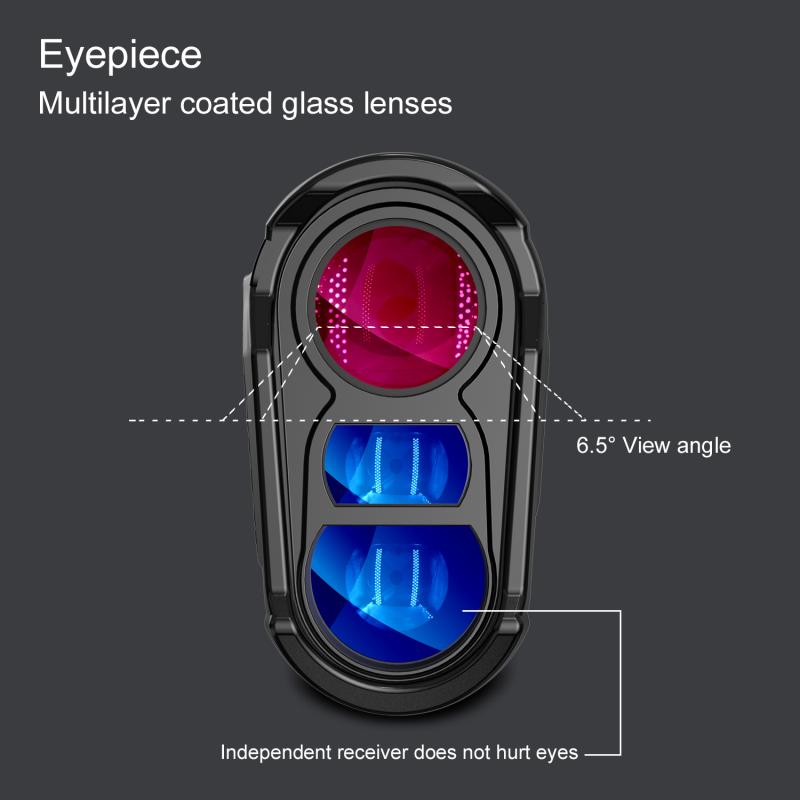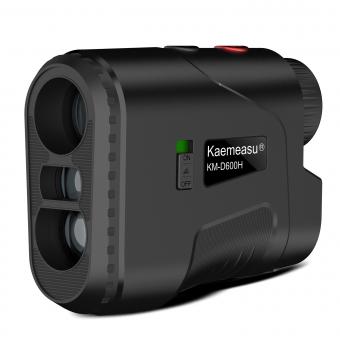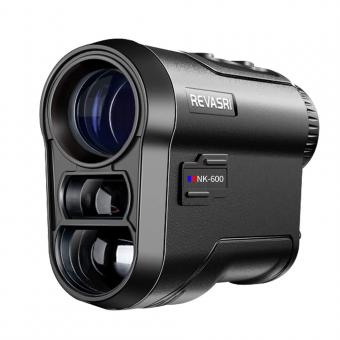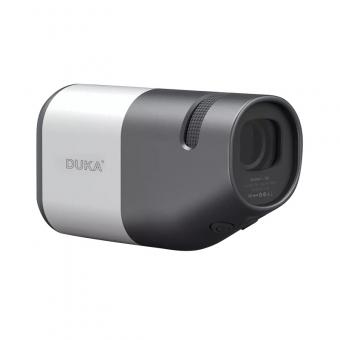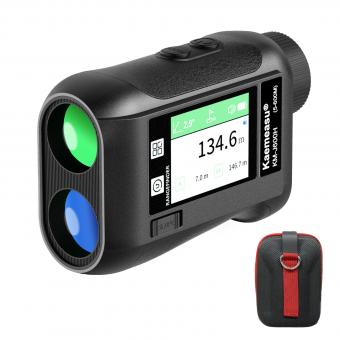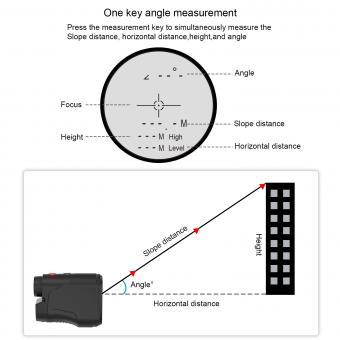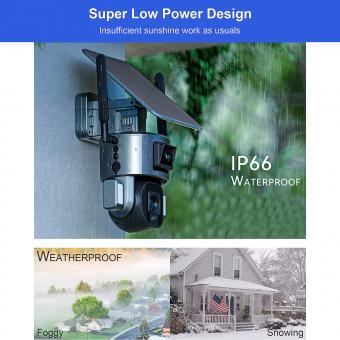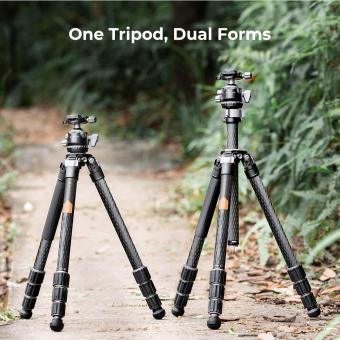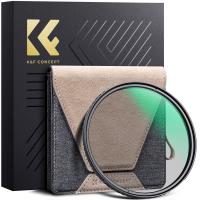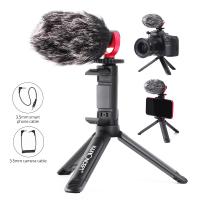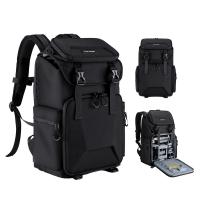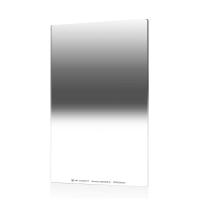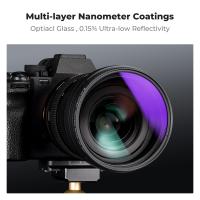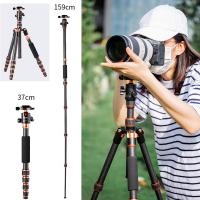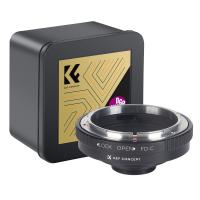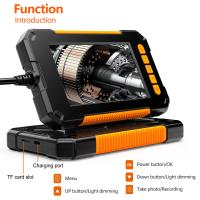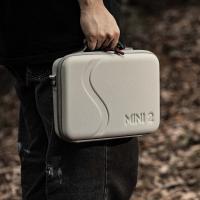How To Hold A Rangefinder Steady ?
To hold a rangefinder steady, it is important to use proper grip and posture. The left hand should cradle the bottom of the rangefinder, while the right hand should grip the top and side. The elbows should be tucked in close to the body to provide stability. It is also helpful to take a deep breath and exhale slowly before pressing the button to take a reading. Additionally, using a tripod or other stabilizing device can further improve accuracy and reduce shaking.
1、 Proper grip and hand placement
How to hold a rangefinder steady is a common question among golfers and hunters who rely on the device to accurately measure distances. The answer is simple: proper grip and hand placement. Holding a rangefinder steady is essential to getting accurate readings, and it all starts with how you hold the device.
To hold a rangefinder steady, start by gripping it firmly with your dominant hand. Your fingers should wrap around the device, with your thumb resting on the side. Next, use your other hand to support the rangefinder from underneath. This will help to stabilize the device and prevent it from shaking or moving around.
It's also important to keep your arms close to your body and your elbows tucked in. This will help to reduce any unnecessary movement and keep the rangefinder steady. Additionally, try to keep your breathing steady and avoid holding your breath, as this can cause your body to shake.
In recent years, some rangefinder manufacturers have introduced features to help stabilize the device. For example, some models have built-in image stabilization technology that helps to reduce shaking and improve accuracy. However, even with these features, proper grip and hand placement are still essential to holding a rangefinder steady.
In conclusion, holding a rangefinder steady is all about proper grip and hand placement. By following these tips, you can improve your accuracy and get more reliable distance readings.
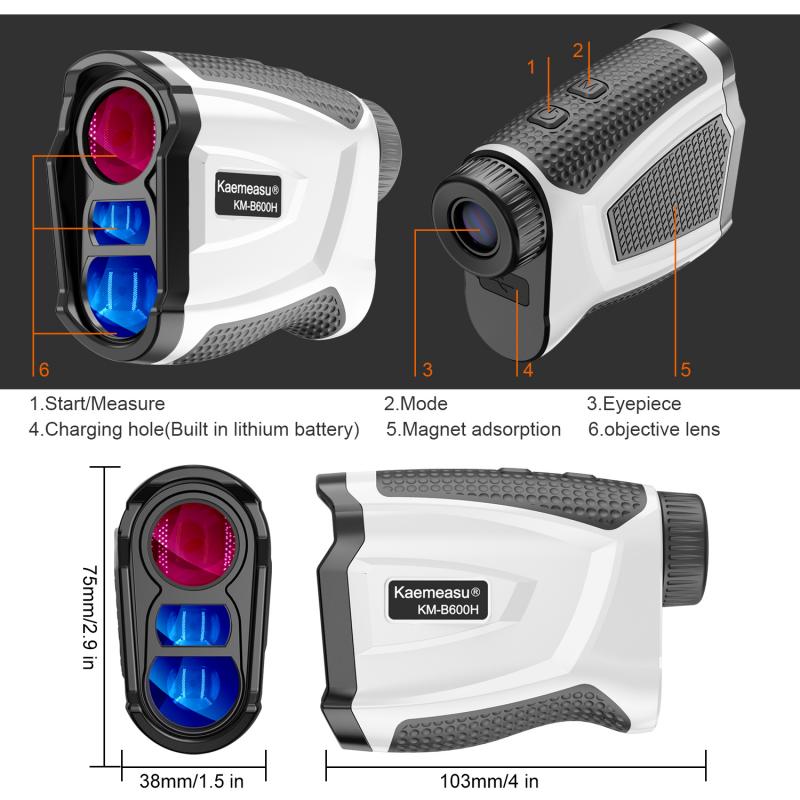
2、 Use of a tripod or monopod
How to hold a rangefinder steady is a common question among photographers, especially those who are new to using this type of camera. The rangefinder camera is a unique type of camera that requires a steady hand to get the best results. There are a few ways to hold a rangefinder steady, but the most effective method is to use a tripod or monopod.
Using a tripod or monopod is the best way to hold a rangefinder steady because it provides a stable base for the camera. This is especially important when taking photos in low light conditions or when using a slow shutter speed. A tripod or monopod will help to eliminate camera shake, resulting in sharper images.
When using a tripod or monopod, it is important to choose one that is sturdy and can support the weight of your camera. Look for a tripod or monopod that has a weight capacity that is greater than the weight of your camera. This will ensure that your camera is stable and won't tip over.
In addition to using a tripod or monopod, there are a few other tips that can help you hold a rangefinder steady. One of the most important things to remember is to keep your elbows close to your body. This will help to stabilize your arms and reduce camera shake. You should also try to breathe slowly and steadily, as this will help to keep your body relaxed and reduce any movement.
In conclusion, using a tripod or monopod is the best way to hold a rangefinder steady. This will provide a stable base for your camera and help to eliminate camera shake. Remember to choose a sturdy tripod or monopod and keep your elbows close to your body for the best results.
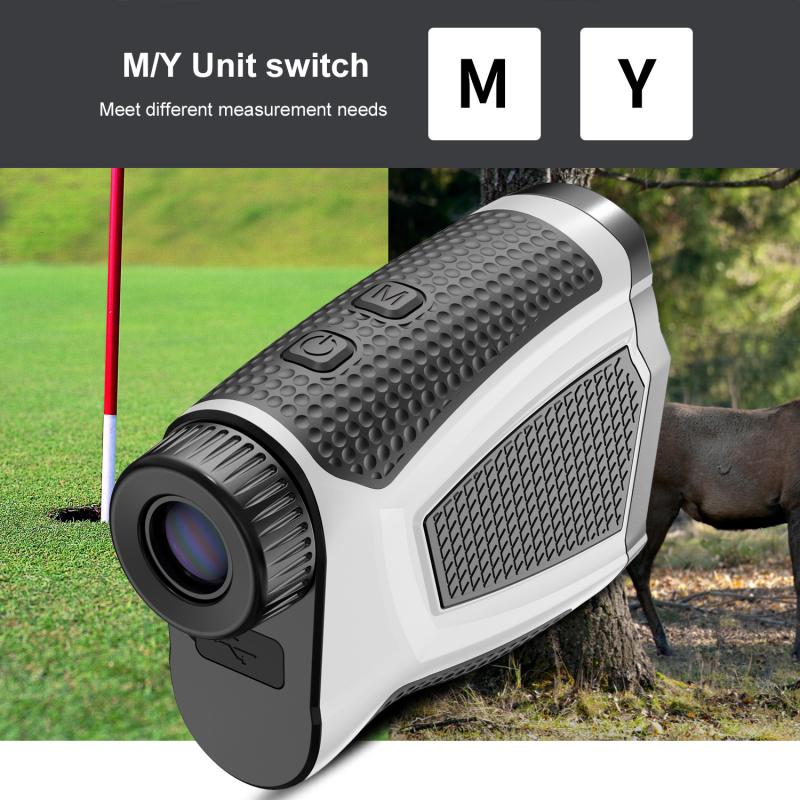
3、 Controlled breathing techniques
How to hold a rangefinder steady is a common question among hunters and golfers who rely on the accuracy of their rangefinders. One effective technique to achieve a steady hand is through controlled breathing techniques.
Controlled breathing techniques involve taking slow, deep breaths and exhaling slowly to calm the body and reduce any shaking or trembling. This technique is commonly used in shooting sports and has been proven to improve accuracy and precision.
To use controlled breathing techniques with a rangefinder, take a deep breath and hold it for a few seconds while aiming the rangefinder at the target. Exhale slowly and steadily while pressing the button to take the measurement. This will help to reduce any movement caused by breathing and provide a more accurate reading.
It is important to note that controlled breathing techniques may not work for everyone and may require practice to master. Additionally, some experts suggest that holding the rangefinder with both hands and using a tripod or other stabilizing device can also help to achieve a steady hand.
In conclusion, controlled breathing techniques can be an effective way to hold a rangefinder steady and improve accuracy. However, it is important to find the technique that works best for you and to practice regularly to achieve consistent results.
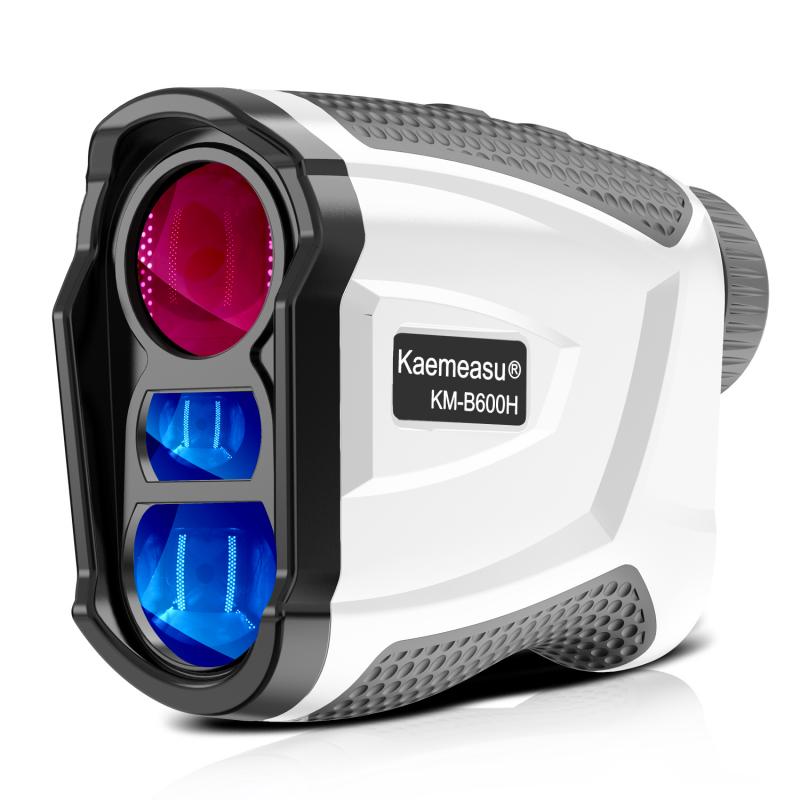
4、 Stabilization through body posture
How to hold a rangefinder steady is a common question among hunters, golfers, and other outdoor enthusiasts who rely on rangefinders to accurately measure distances. One effective way to stabilize a rangefinder is through body posture. By standing with your feet shoulder-width apart and your knees slightly bent, you can create a stable base for your body. This will help to reduce any unwanted movement or sway that can occur when holding a rangefinder.
Additionally, it is important to hold the rangefinder with both hands, using a grip that feels comfortable and secure. Some rangefinders also come with a tripod mount, which can be used to further stabilize the device.
Recent advancements in rangefinder technology have also led to the development of image stabilization features. These features use gyroscopic sensors to detect and compensate for any movement or shaking, resulting in a clearer and more stable image. However, these features can add to the cost of the device and may not be necessary for all users.
Overall, holding a rangefinder steady requires a combination of proper body posture, a secure grip, and potentially the use of image stabilization technology. By following these tips, users can ensure accurate and reliable distance measurements in a variety of outdoor activities.
